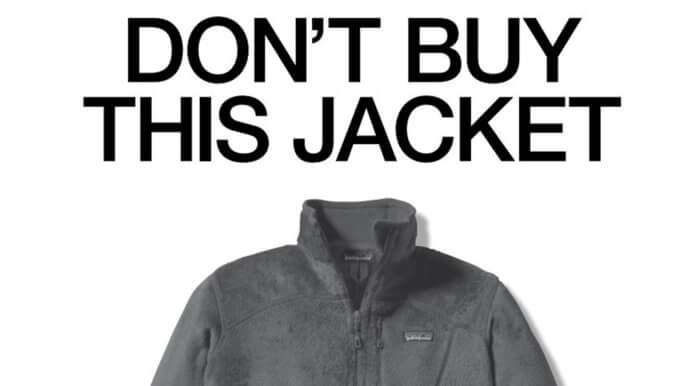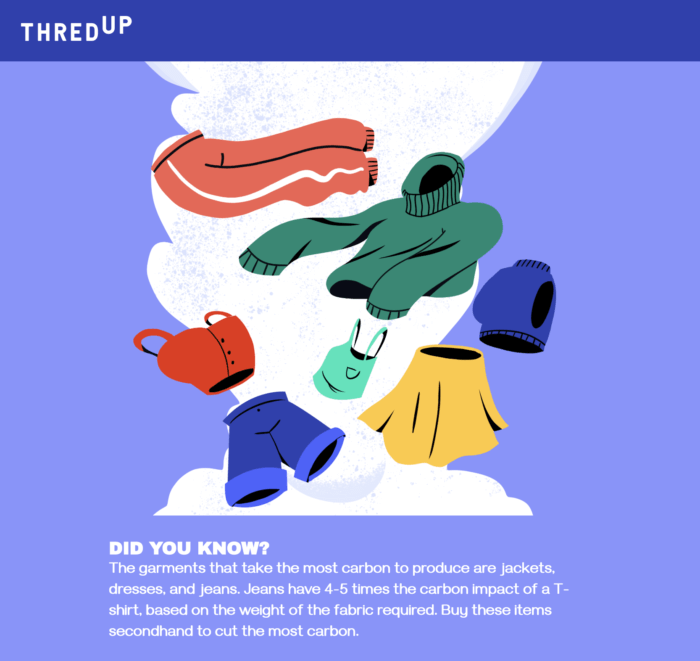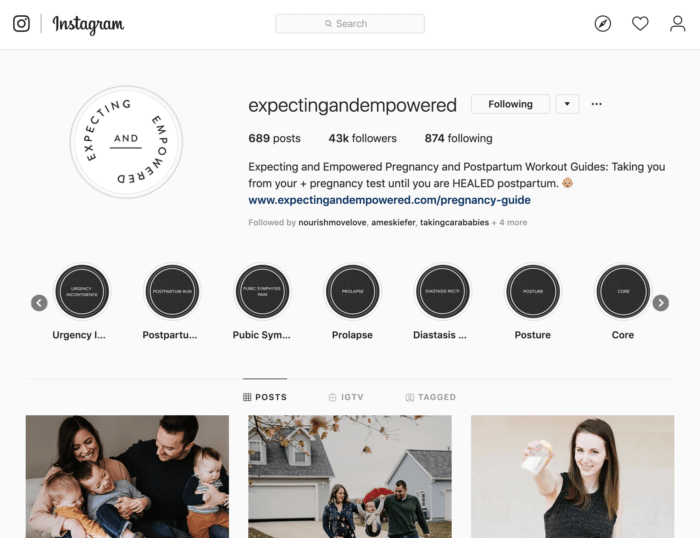What makes a brand trustworthy? For some, it’s firsthand experience with useful, safe and reliable product offerings. For others, it’s when a brand chooses to do the right thing by its customers, employees, and communities.
For many, it relates to the bigger picture, admiring brands that leverage their power to address, influence and change issues with a strong societal impact.
Earning customer trust is a priority for any company, especially because 8 in 10 US consumers say they will continue to buy a brand they trust. Unfortunately, it is hardly guaranteed. Here are a few core principles to establish, and most importantly, retain rapport with your target customers.
Use platforms for societal good
In 2019, Edelman released a study about brand trustworthiness. Turns out, 81 percent of survey respondents indicated they “must be able to trust the brand to do what is right.” More than ever before, customers want to see action when it comes to brand social and environmental responsibility.

This trend kicked off back in 2011 when Patagonia launched an innovative campaign that no one saw coming. On Black Friday of all possible days, the brand ran an ad in The New York Times urging shoppers NOT to buy one of their top-selling jackets.
This unprecedented stance to “buy less” was a move for Patagonia to take on a leadership role as an eco-friendly company, and ask shoppers to examine their own behaviors while considering the impact of new purchases on the environment. Although Patagonia is in the business of producing and selling clothing, they felt it would be hypocritical to work for environmental change without encouraging people to think before they buy.
This type of campaign had tremendous shock value a decade ago. However, the message now rings true for many companies who are choosing to do something about it, like ThredUp.

If someone is concerned about their carbon footprint, they’ll likely wonder if their transportation habits need adjusting. However, they probably never considered that their shopping habits might be much larger a contributing factor.
ThredUp wants people to know their closet may be the culprit in need of the biggest audit and overhaul, not their mode of transportation. The fashion industry has more of a direct impact on the planet than the airline industry, as the manufacturing of textiles—the majority of which goes into clothing—accounts for 1.2 billion tons of greenhouse gas emissions annually, which is more than all international flights and maritime shipping trips combined.
Instead of having to guess whether or not fashion choices are a problem worth solving, ThredUp launched an eye-opening online Fashion Footprint Calculator for customers to see the impact for themselves.
As more savvy companies start to practice the 4Rs (reduce, repair, reuse and recycle) as a way to decrease their environmental footprint, brands are spreading the word that there are countless ways humans can consciously be kinder to the planet. Using platforms for positive, widespread impact is important to most, but especially to Gen Z, the newest generation on the scene. Accounting for nearly 74 million people currently aged 4-24 in the United States, those classified as Gen Z were born between 1995 and 2015.
Gen Z has profound respect for people who have earned their time in the sun. Forget celebrities with millions of followers–this generation prefers to watch and take tips from micro-influencers and superfans. In particular, they greatly respect those who take direct action, like the US high school shooting survivor Emma Gonzáles, and those who bring real credibility to brand endorsements. For the foreseeable future, brands must demonstrate said direct action in order to stay relevant and trustworthy among Gen Z audiences.
Be a valuable resource
A good friend of mine (let’s call her Sarah) suffers from a fairly uncommon postpartum complication. For the past two years, she’s sought help from a handful of different physicians, but has received the same disappointing response over and over again from the medical community: Sometimes this complication happens, and we can’t do anything more for you. In fact, the only real directive was to lose weight. Unfortunately, even after doing so, Sarah’s symptoms persisted.
Refusing to believe she was out of options, she turned to the internet for answers. I recommended following and reaching out to the female entrepreneurs behind the Expecting and Empowered (E&E) Instagram account. E&E is founded and run by two sisters: Amy, a nurse, and Krystle, a physical therapist. In addition to having expertise in their respective fields and providing education to the masses, they are mothers themselves. This dynamic duo develops pregnancy and postpartum workout guides and other educational materials for women across the country.

The brand is active and engaged on Instagram, primarily using Stories to share daily content chock full of information and tips regarding women’s health. From pelvic floor repair to advice for navigating marriage/partnerships with small children, E&E provides relatable, informative content to help women navigate the physical and emotional toll that comes with bringing human life into the world.
I recommended E&E to Sarah for the following reasons:
- E&E shares a real and relatable point of view.
On the E&E website, Krystle says, “In the US, the lack of information and education provided to women as they transverse through one of the most pivotal times of their lives is mind-blowing.”
After giving birth to my daughter in 2018, I couldn’t agree with this statement more. There is a lot of room for improvement in prenatal and postpartum care in our country. However, instead of staying silent or just complaining among friends, Amy and Krystle created a business to actually do something about it.
Sharing this relatable mission, and tailoring their content to support it, was the first step to earning my (and many other mothers’) trust.
2. Their advice works.
Alongside working with a physical therapist in my city, I followed Krystle’s pelvic floor healing tips and saw wonderful results. Throughout this process, I observed that her advice aligned with my provider.
Getting validation from my personal medical care team that following E&E’s tips yielded positive results only reinforced that this brand knows what they’re talking about.
3. Helping others is their first priority.
E&E is passionate about helping others first and making money second. By providing free, helpful advice on their Instagram Stories and feed, E&E had already garnered attention by myself and Sarah. However, it was their sincere, reciprocated engagement that blew our minds.
Sarah was apprehensive about sending a direct message, concerned that it would go ignored or be perceived as odd to reach out to a stranger. Thankfully, she did so anyway. Sarah was floored to receive a number of thoughtful responses by text and voice DMs. By sharing so much free counsel without blinking an eye, Sarah sensed positive intent from the brand and therefore felt more confident about their knowledge and abilities. After this powerful exchange, Sarah purchased their postpartum guides because E&E earned her trust.
4. They provide hope.
Motherhood, especially in the early days, is a stressful, overwhelming experience. Throw in postpartum health complications on top of feeding, sheer exhaustion, and adjusting to a new normal only makes matters worse. It’s easy to see why many parents become anxious and fearful, wondering if they can maintain sanity much longer in a difficult season. E&E serves as a beacon of hope to these audiences, empathizing, drawing on their own experiences, and sharing small improvement suggestions that make a big difference on the postpartum journey.
While all of these elements make E&E a sophisticated business operation, it really stems from who they are as human beings. Amy and Krystle’s online voice feels intimate, as though they would speak the same way to a dear friend as they do to their Instagram audience of nearly 50,000 followers. It’s a great reminder to be authentic in your content and engagement, and that that authenticity is imperative while building customer trust.
Avoid losing trust at all costs
Above all, fight like hell to keep your current clients and customers happy and satisfied. Once their trust is lost, it’s incredibly difficult to restore it. Do your best to avoid the following scenarios that are guaranteed to break even the most loyal person’s trust.
Unapologetically providing bad experiences: Rude employees, long lines, inappropriate remarks from executive leadership, refusing refunds…you get the picture. Negative run-ins with a brand, whether just once or over a longer period of time, are enough to make customers throw in the towel and move on to a competitor. The digital era only amplifies this, as a single moment can quickly go viral when shared online. Word of mouth is powerful, especially when the advice is to stay far away; so, when your brand inadvertently provides a bad experience, work hard to make it right.
Ignoring direct feedback. Anything shared online is instantly subject to criticism, especially from a brand. While dwelling on every single negative comment isn’t productive, it’s certainly important to take constructive comments into consideration, even if it stings a little. The brands that remain close-minded to repetitive feedback run the risk of driving customers away.
This is especially true if you invite the feedback in the first place, or are a smaller brand with intimate audience relationships. If you readily respond to direct messages during good times, you need to be equally responsive during bad times. If your customers take the time to provide input, it needs to be met with a respectful response at a minimum. In my own personal experience, I have felt personally insulted when a blogger or influencer I engage with on a regular basis is rude or dismissive when I take the time to respond with thoughtful feedback. When it happens one too many times, I’m quick to unfollow.
Trying too hard. This one might seem a bit unfair, but hear me out. Although Edelman’s survey showed 6 in 10 (58%) said they purchased a new product in the last 6 months because of an influencer, oversaturating the influencer market is one way to lose brand trust before you’ve even had a chance to earn it.
From weight loss shakes to skincare lines, multi-level marketing and more, it quickly gets old when it seems like everywhere you turn celebrities and influencers are using a canned script to hawk the same product. I get that the approach is designed to build brand trust and encourage followers to try what “everyone else is using,” but I personally find that it comes across as disingenuous. The bottom line: In my opinion, if a product or service is really that good, it sells itself.
What are you doing to build up and retain your customers’ trust in your brand? Let us know what’s worked well for you on Twitter!
